Samaaro + Your CRM: Zero Integration Fee for Annual Sign-Ups Until 30 June, 2025
- 00Days
- 00Hrs
- 00Min
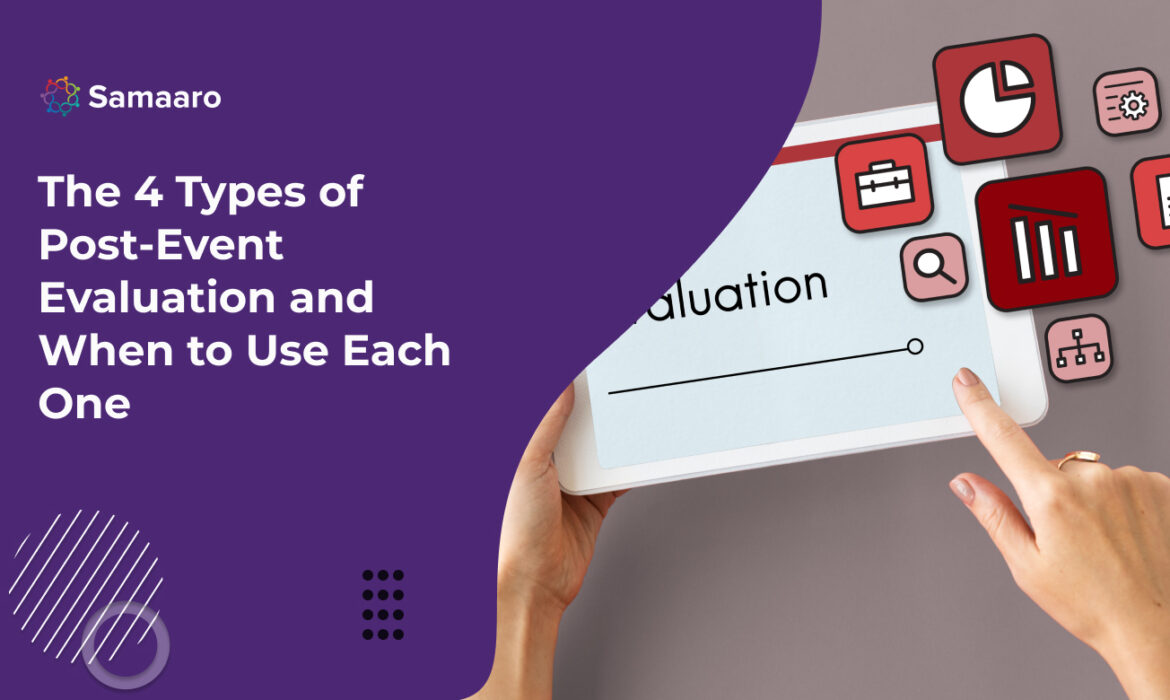
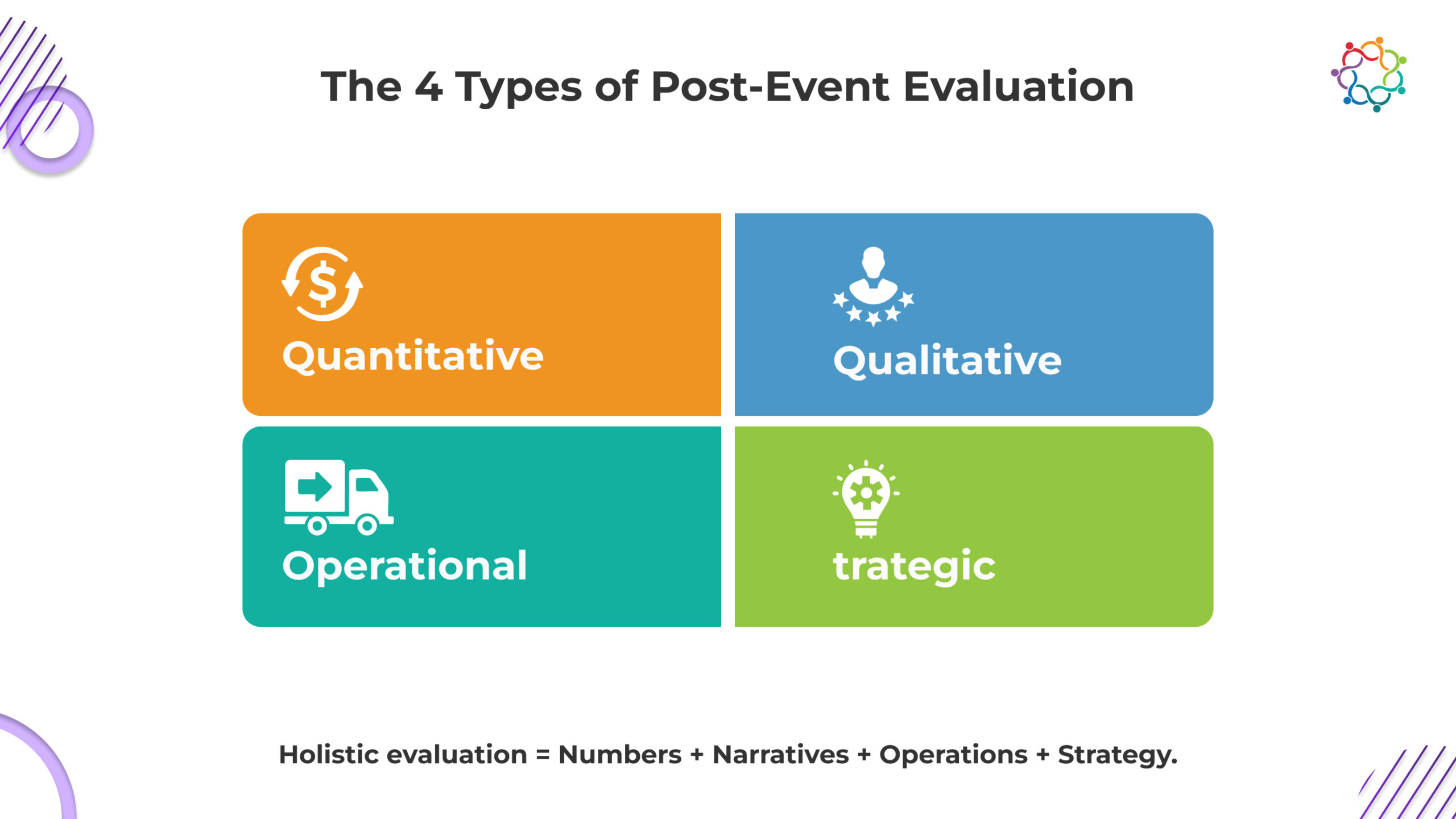
Your event is over. The last session has concluded, the lobby is quiet, and now the big question is – was it a success? For many teams, the answer is boiled down to one KPI, a total attendance number, or a quick NPS (Net Promoter Score). But events are layered, complicated experiences. Focusing on only one metric creates a flat incomplete picture; it leaves you with more questions than answers. You may have clarity on what happened, but you are not sure why, and furthermore, what it means for the future.
This is the reason a holistic approach to post-event evaluation is so important. It requires taking the event experience one step further and viewing it through multiple lenses. By identifying and applying the four main types of post-event evaluation, you can clarify your evidence from a complete picture; one that is not only going to help you determine your next steps but also increase your chances of securing budget next time and demonstrate the overall value of the experience. This blog will breakdown the various methods of event evaluation, outlining when and why one will be an important piece of your event reporting framework.
Quantitative evaluation is likely the most well known and easiest to process of the four assessment types. Quantitative evaluation simply deals with numerical data and measurable outputs. This is where the heavy, data-based data deals have started. These are things you can count. This information is objective, comparable, scalable, and directly measurable to consumers, stakeholders, and executives.
Quantitative data tells you what happened, while qualitative evaluation tells you why. This method seeks the stories, feelings, and perceptions of attendees, adding a human context to that data. It allows you to actually hear from your attendees in their own words and provides additional insights that data cannot illuminate.
Operational evaluation is an internal evaluation process that focuses purely on your event’s logistics including how it was executed. The goal of operational evaluation is to establish what was executed well and what wasn’t, so your team can learn from the experience so that they can inform capability and refine the process for the next event.
Strategic evaluation looks at your event holistically and examines the longer-term outcomes. It connects the event to higher-level business objectives. The focus is on the change in impact and lasting influence the event had, as opposed to short-term outcomes. Strategic evaluation is the most developed and therefore most challenging type of post-event evaluation, as it may be difficult to establish during the engagement level of an event.
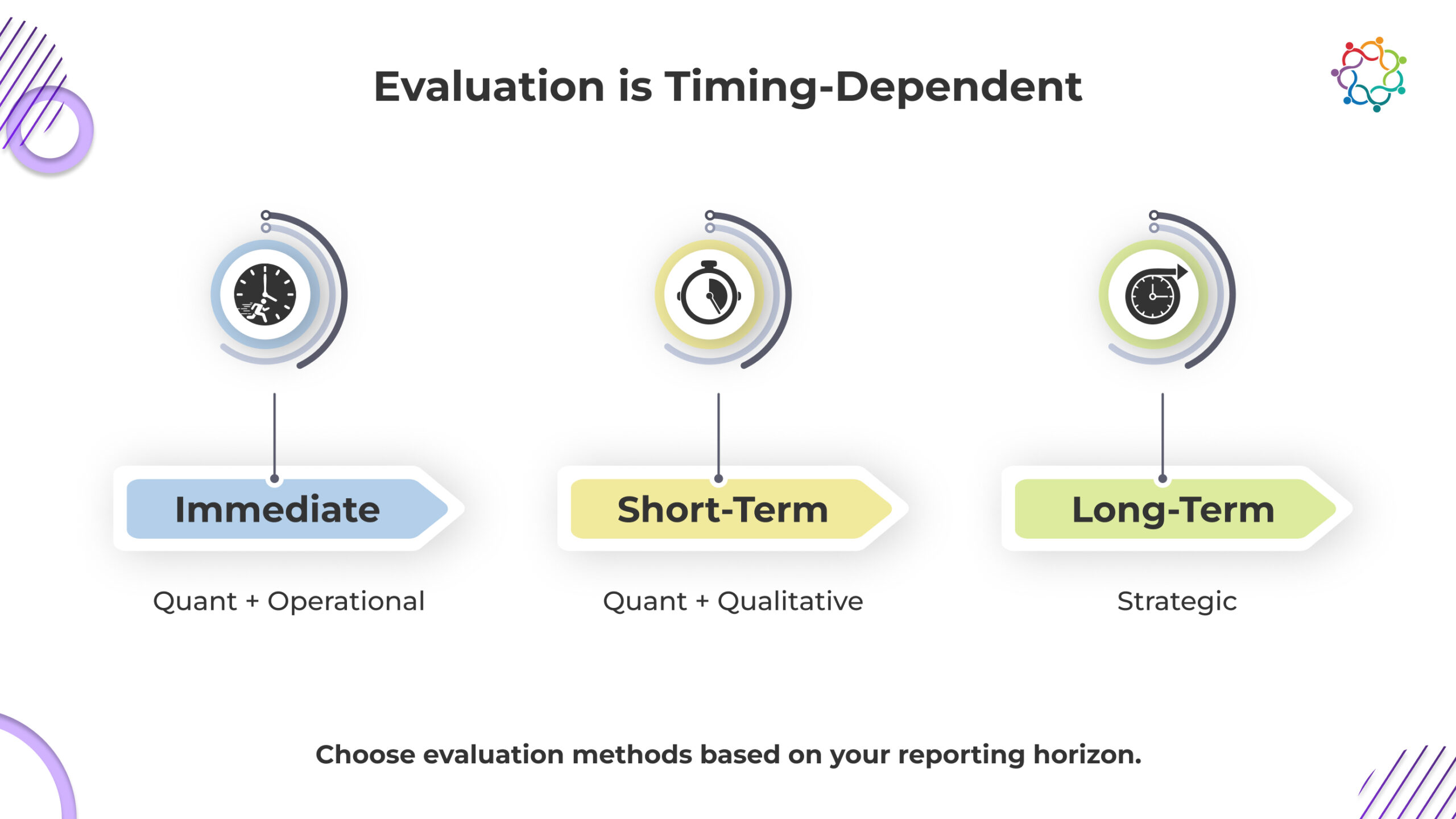
The best approach to evaluation is to take a blended approach to evaluation, depending on your goals and schedule. No single event evaluation approach will suffice alone. Here is a very simple approach to take:
The best practice is to always take a blended approach to these types based on your specific goals. For instance, if you are trying to demonstrate ROI, you will need both quantitative data on pipeline generated, and qualitative feedback from sales teams on the quality of leads, to be able to provide a compelling full-circle story.
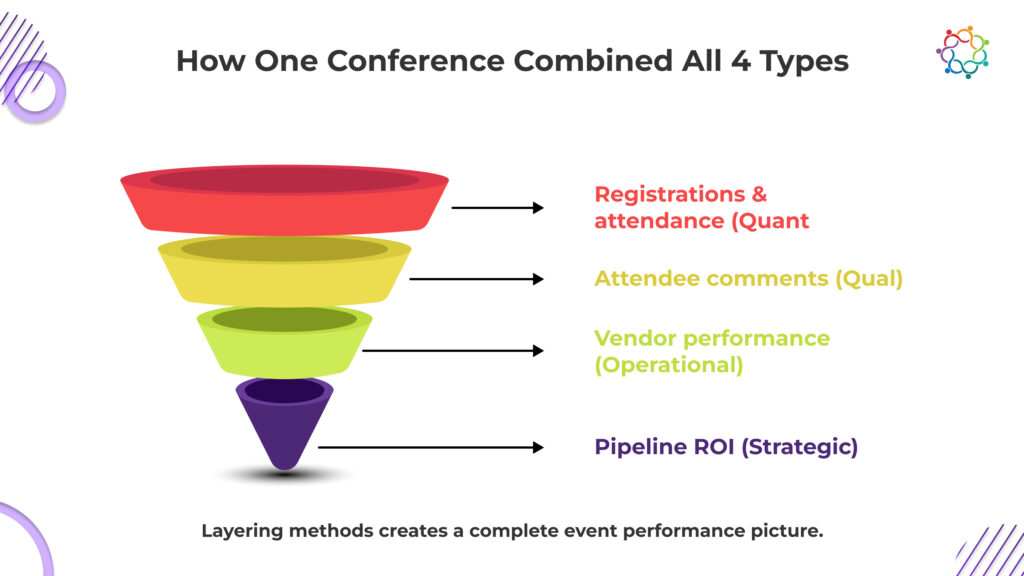
Now imagine a B2B event that used the universal evaluation framework. The team did not just use the evaluation to investigate the 1,500 participants but designed their evaluation to identify the full context.
Samaaro’s platform is built to be an all-in-one platform that facilitates every type of post-event evaluation. Our strong tools push you beyond the basics so that you can gather a more complete picture of your event’s outcome.
In an era of flawless marketing accounting, it’s crucial that your event evaluation practices are as sophisticated and multi-dimensional as your events are. By only measuring a multi-dimensional experience by one key performance indicator (KPI), you are underestimating the potential insights. Enter the realm of all four event evaluation types – quantitative, qualitative, operational, and strategic – and you will leave an event with a full circle understanding of the performance of your event.
Using a full circle approach will not only help you demonstrate the value of your previous events, but it will also provide the actionable intelligence needed to design and implement future events that are more successful, impactful and relevant to the business objectives of your organization.
Ready to learn about a full circle evaluation framework, download our Post-Event Evaluation white paper, or learn about Samaaro’s evaluation tools that do it all.

Built for modern marketing teams, Samaaro’s AI-powered event-tech platform helps you run events more efficiently, reduce manual work, engage attendees, capture qualified leads and gain real-time visibility into your events’ performance.
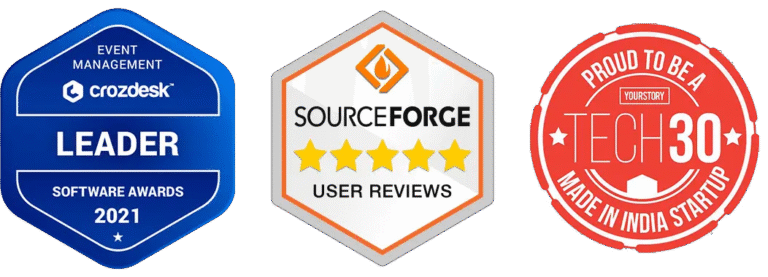
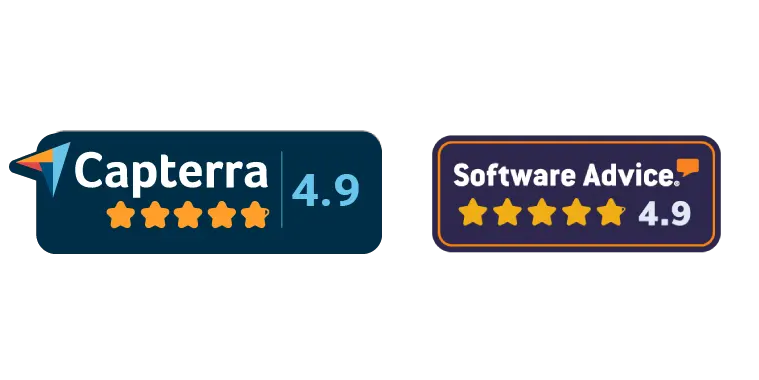
© 2025 — Samaaro. All Rights Reserved.